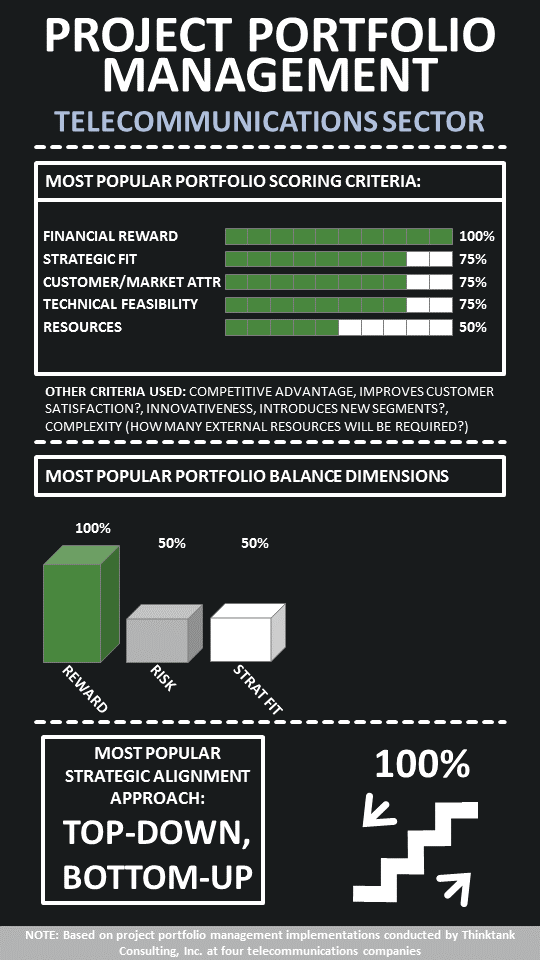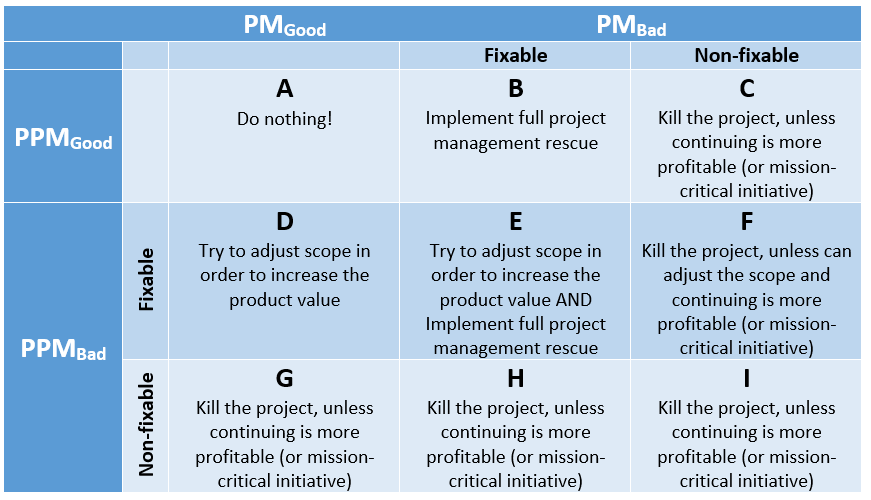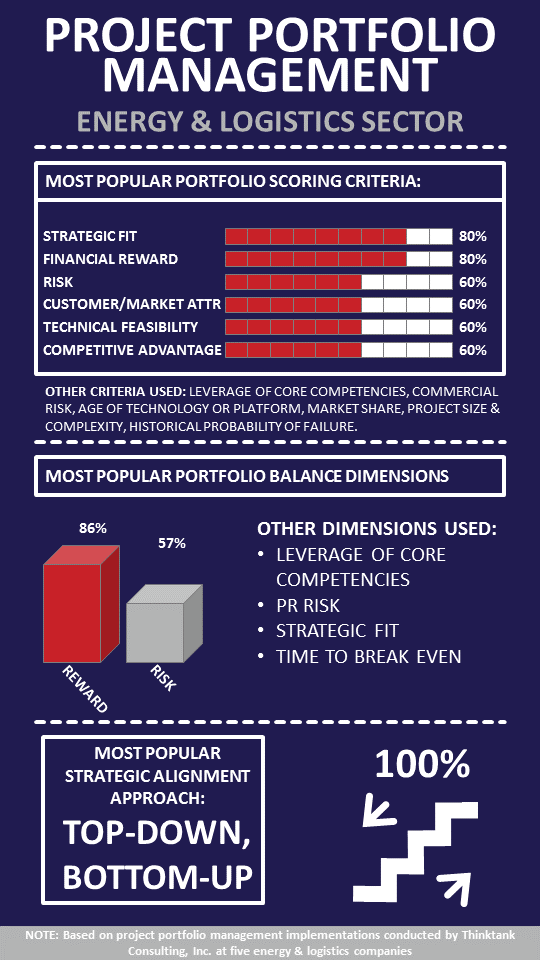Article - Mystery Explained - Why Do We Resist Killing Bad Projects?
Submitted by Jamal Moustafaev on Sun, 01/15/2017 - 12:23
Introduction
Have you ever been involved in a project that was in a bad shape? By “bad shape” I mean the following two scenarios:
- The project is so late and over the budget, that there is no point in continuing it
- The project was a dumb idea from the inception
Have you ever asked yourself a question:
“Why the heck is the management continuing to support this ignominy?”
These projects have been called “runaway trains” and “black swans”. They destroy reputations and companies. So, why is it so difficult to kill them? And yes, I do understand such concepts as sense of attachment, pride and egotism. But if you are a rational, intelligent individual, don’t you have to realize what exactly is at stake (i.e. your company, your shareholders and their money)?
The Kahneman Phenomenon
Enter Daniel Kahneman, a psychologist who won the 2002 Nobel Prize in Economics. In his article titled “Prospect Theory: An Analysis of Decision under Risk” he and his co-author Amos Tversky described the following exercise, that I encourage you to do as well as I describe it.
Imagine that I offer you the following two gambles:
Gamble A: A 100% chance of losing $3,000 (i.e. you have $4,000 in your pocket, I threaten you with a gun and walk away with three thousand of your hard-earned money)
Gamble B: An 80% chance of losing $4,000, and a 20% chance of losing nothing (i.e. we throw some kind of dice and there is a 20% that I would leave you alone with your money).
Don’t try to use any statistical or other techniques to answer this question; just go with your gut feel. There is no “right” or “wrong” answer to this question. Which one of these choices would you pick?
Now, let us try a very similar exercise, but instead of robbing you, I am giving you money this time.
Gamble C: A 100% chance of receiving $3000 (i.e. I just give you three thousand dollars)









